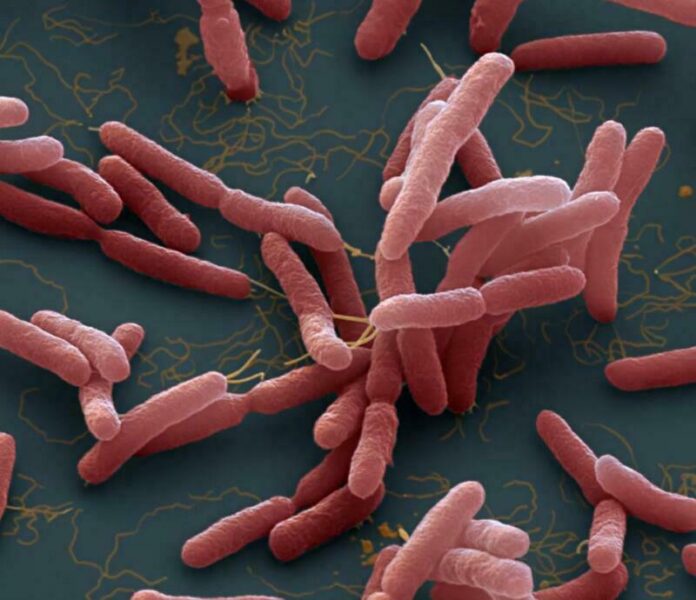Researchers at Southampton University in the UK have successfully killed a deadly bacteria called Burkholderia using nano technology! The bacteria is responsible for causing melioidosis, a disease that kills up to 90,000 thousand people each year, and is particularly widespread in South East Asia. This news means that many people could be saved each year.
Current methods used to work against the bacteria, such as oral and intravenous antibiotics don’t work too well. Until now the bacteria has been resistant to treatment due to its ability to hide in the body, and grow in white bloods cells, known as macrophages. However, the new method of killing the bacteria with nano technology will ensure that it is killed at its source.
How the new technology works
Scientists use polymersomes- artificial sacs that copy cell structure and function- to transport antibiotics directly to the macrophages where the disease replicates itself. The polymersomes are extremely small- about 1/1000th the size of a human hair, and the perfect vessel to enter the white blood cells. Once the antibiotics are inside the sac and transported to the macrophages, the bacteria will no longer be able to hide.
Macrophages are usually a great defense mechanism in the body. These specialised white blood cells are the first line of defense when we have an illness or injury and destroy harmful bacteria. Macrophages also help us to create innate immunity to illness- they do this by digesting bacteria and presenting it to other white blood cells, including B cell lymphocytes. These cells can then create antibodies to the pathogen.
The research team was led by Dr Nick Evans and Dr Tracey Newman. Their hope is that eventually people infected with this disease could be treated by injecting or inhaling the polymersomes filled with the antibiotics. The team are currently in the first stages of developing this for clinical application.

